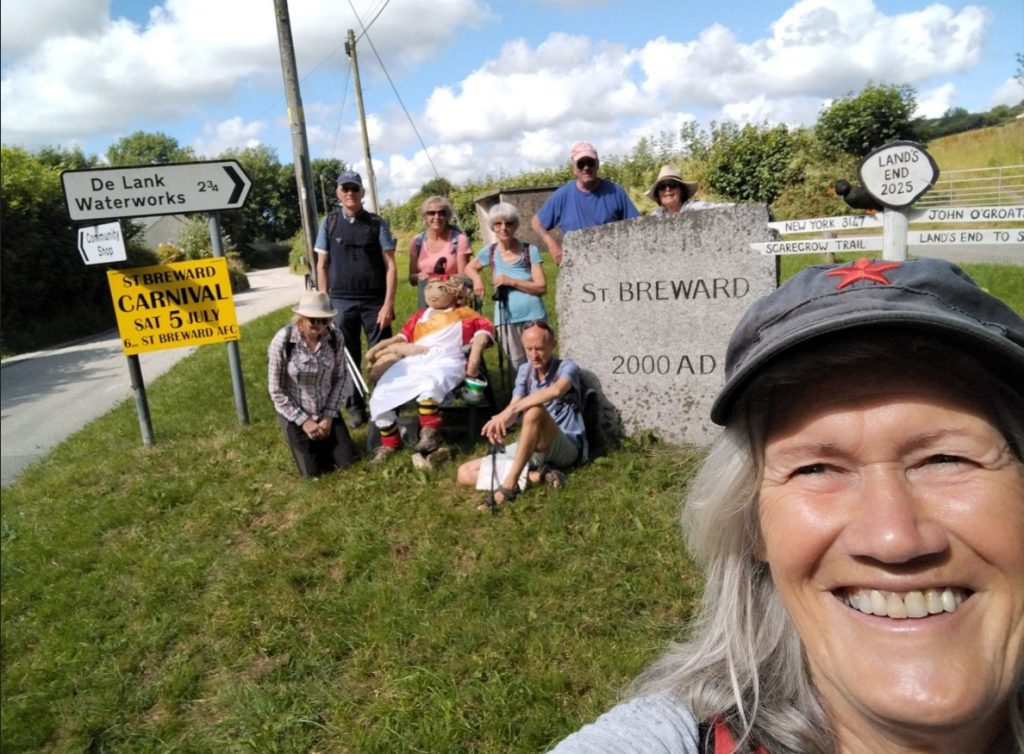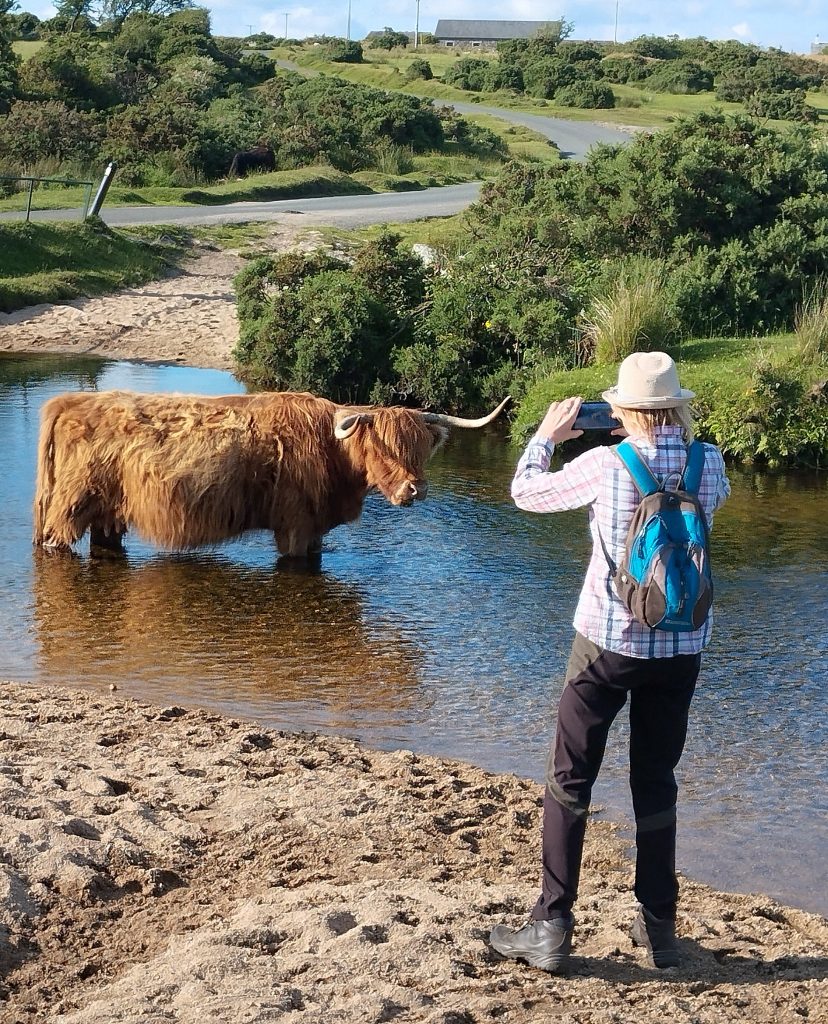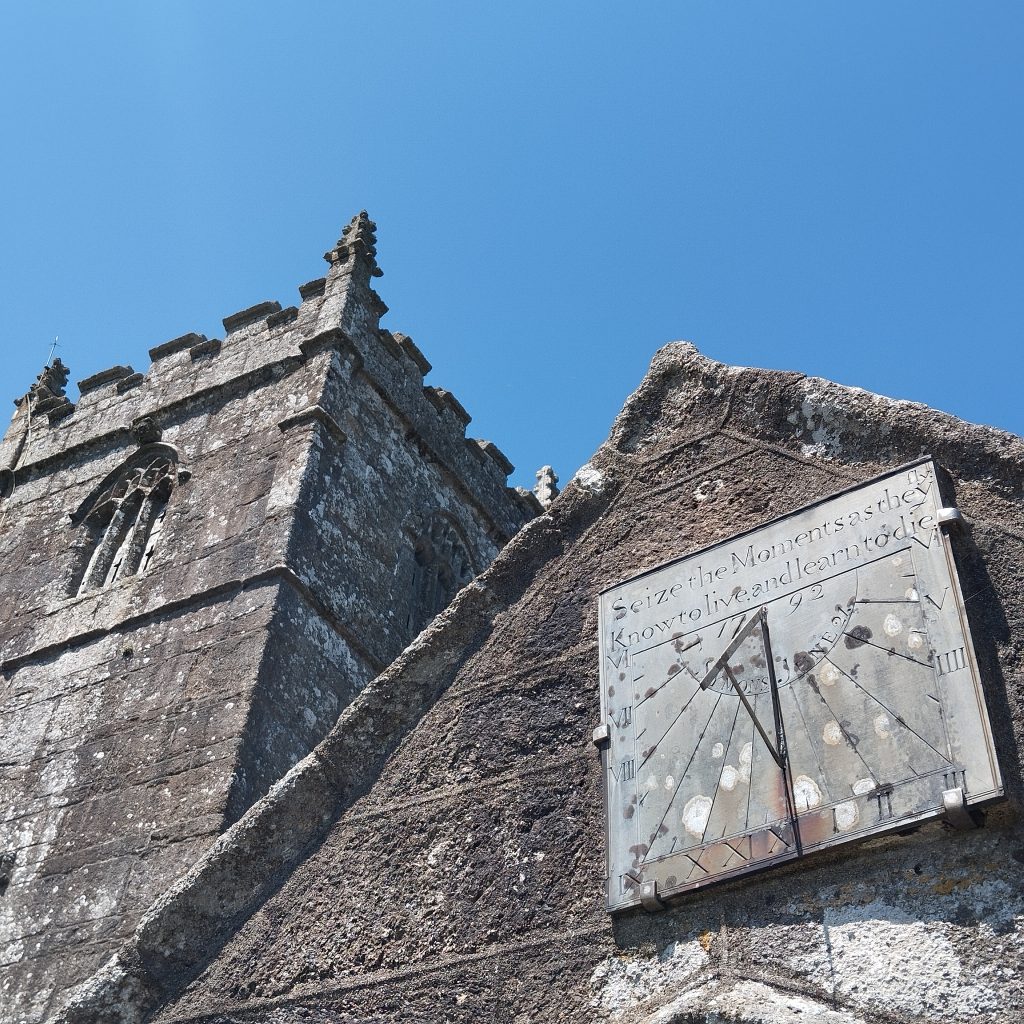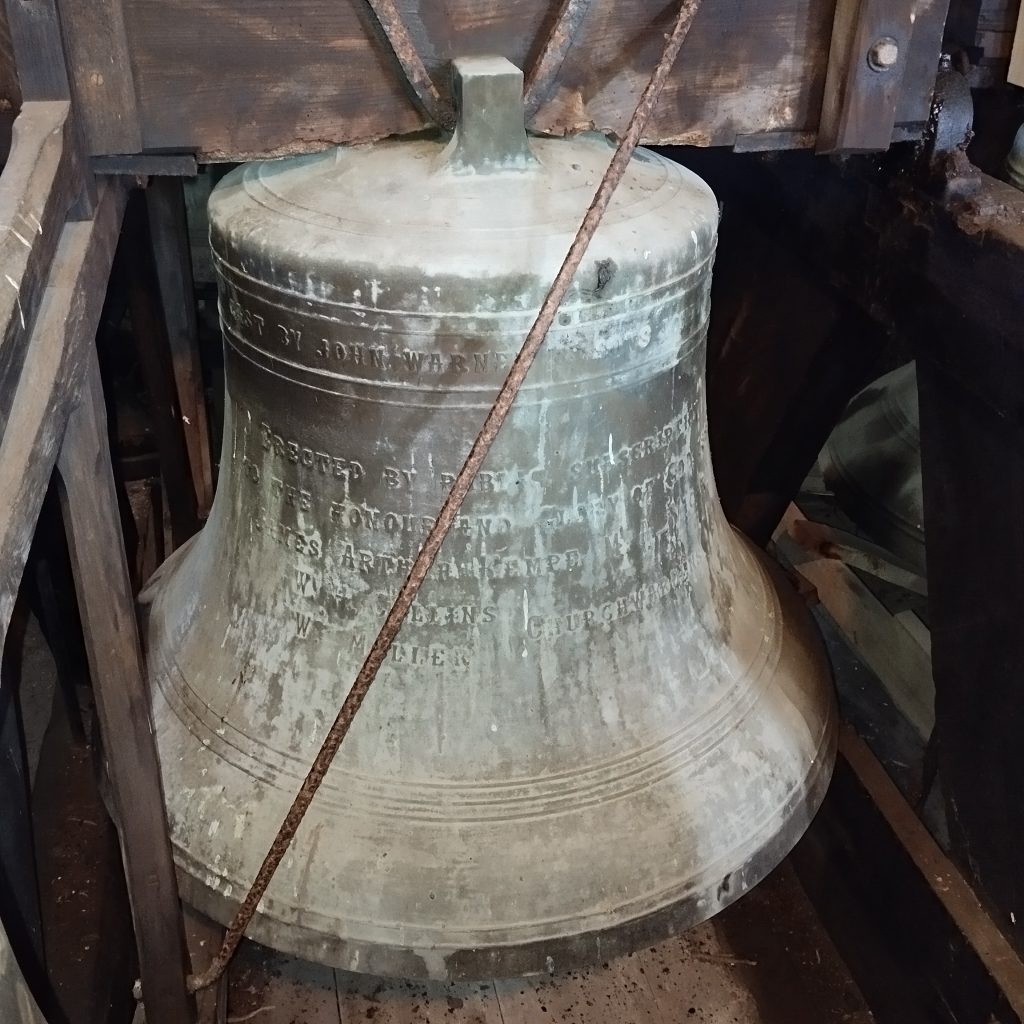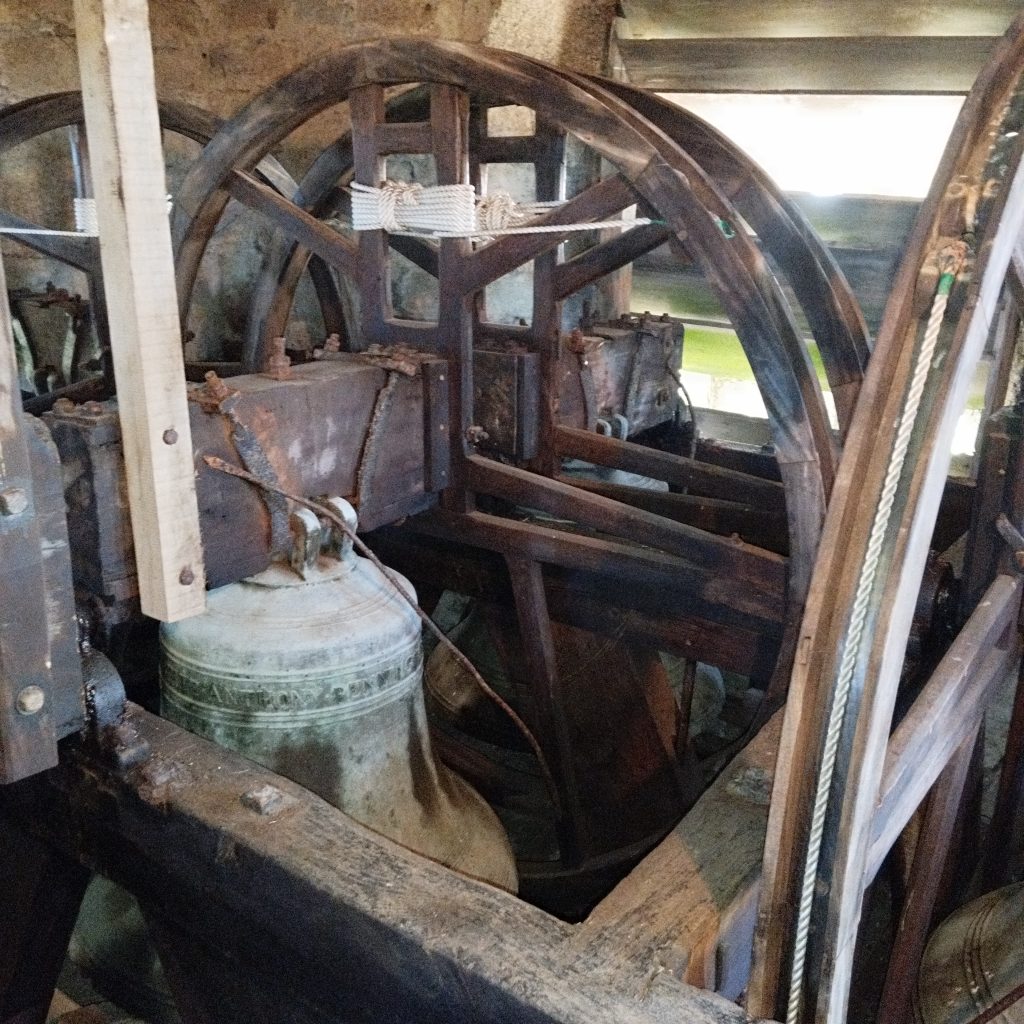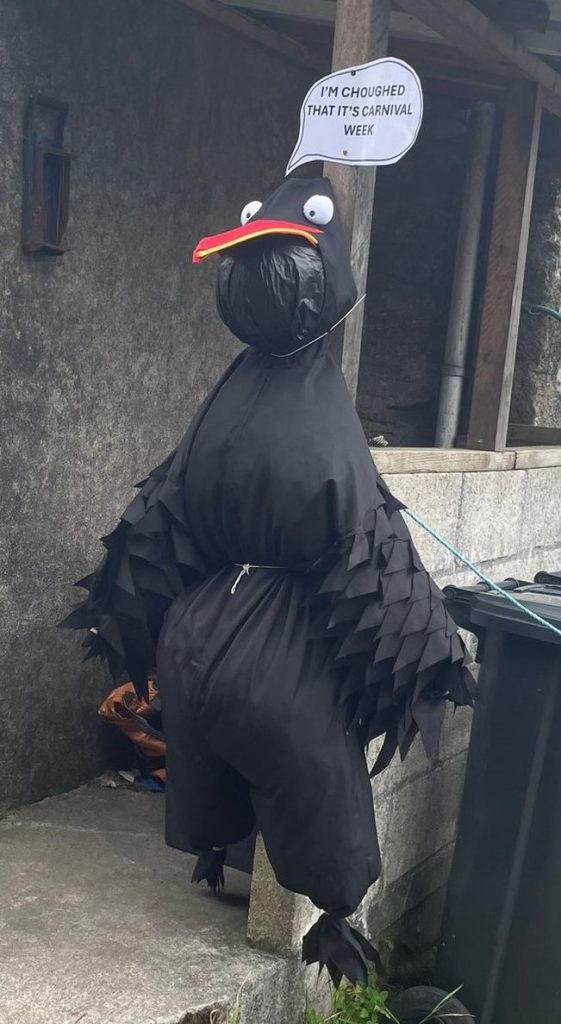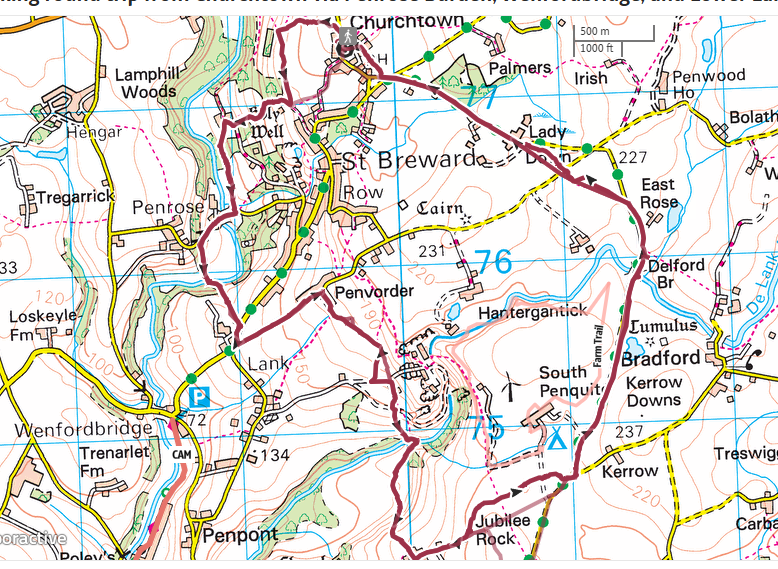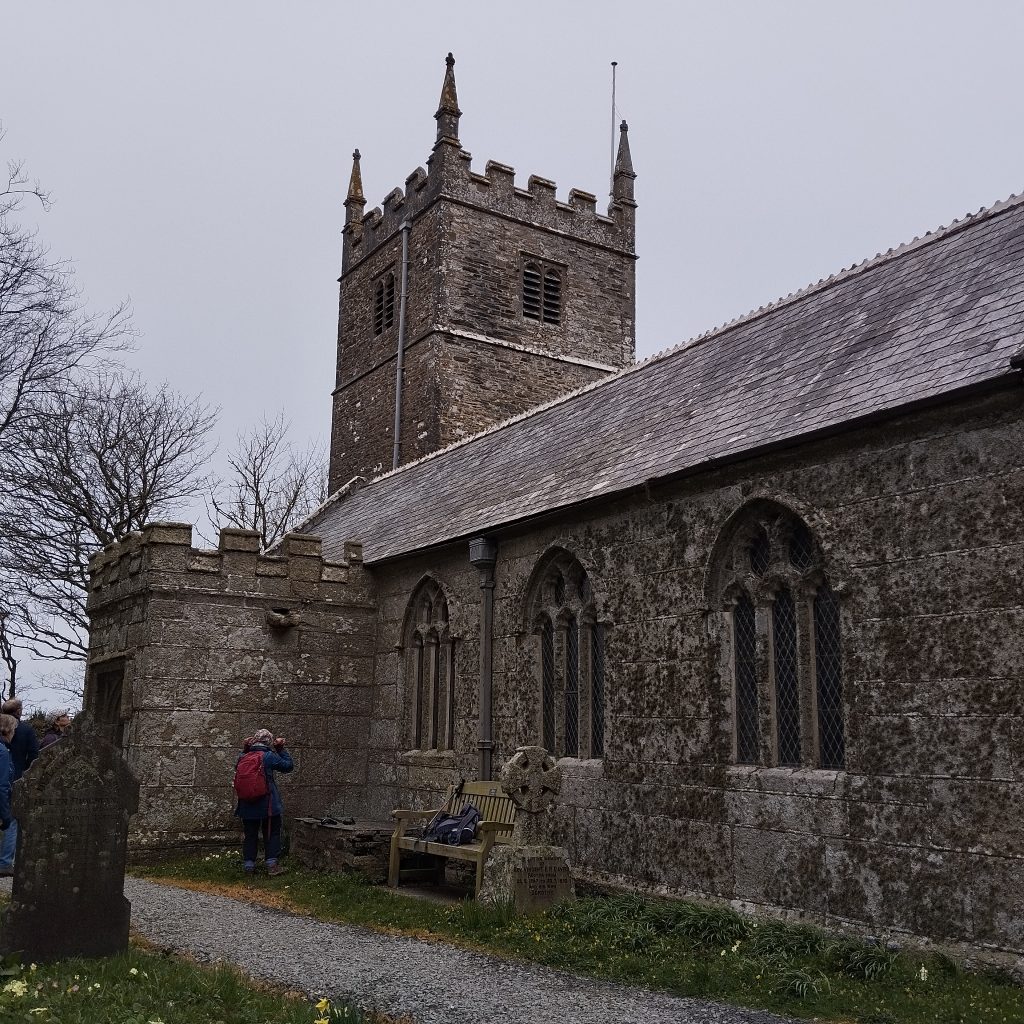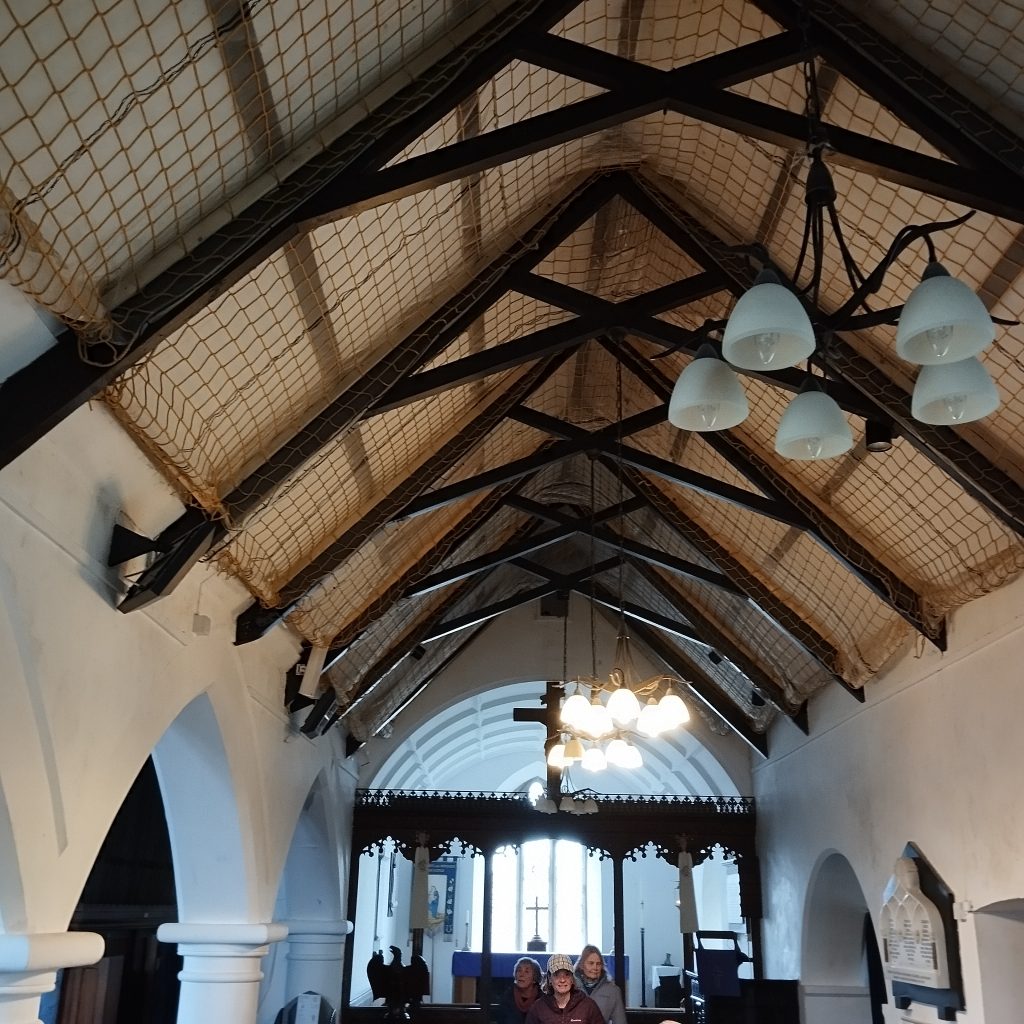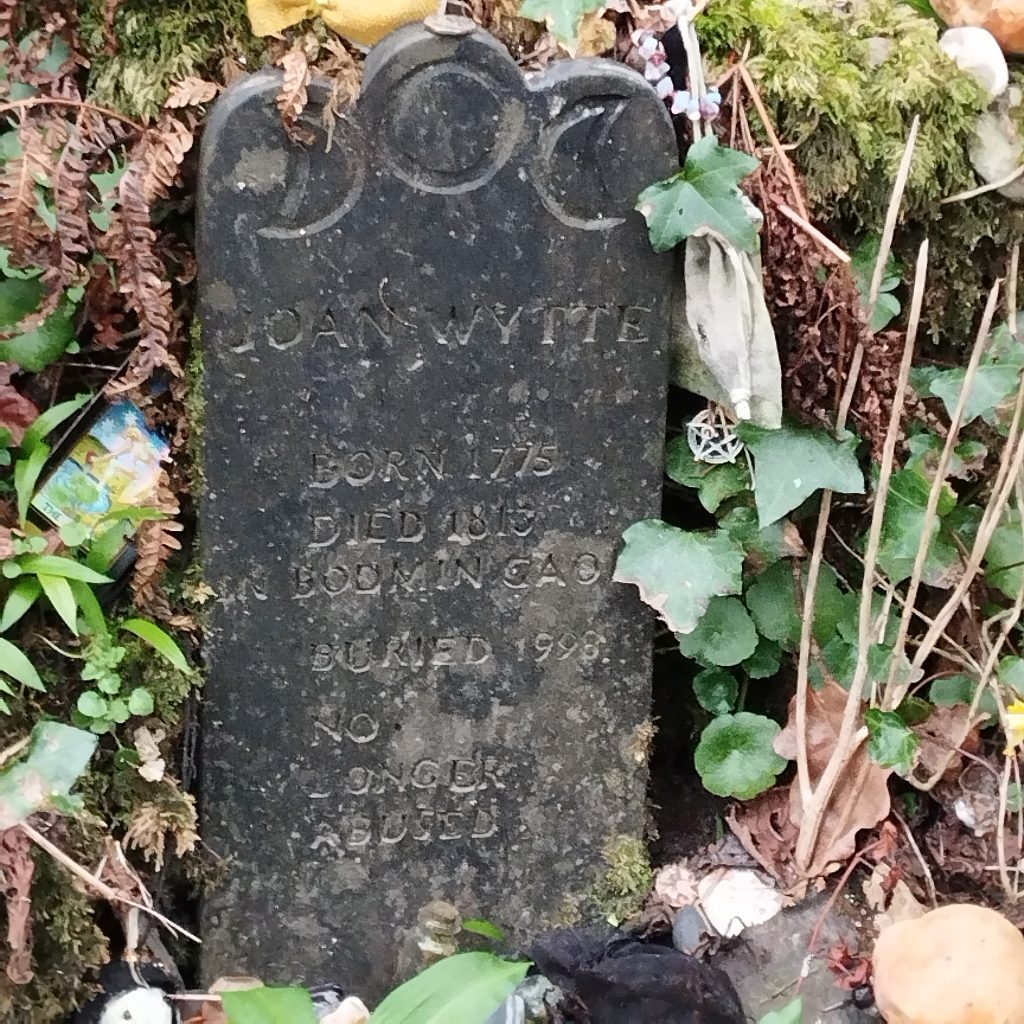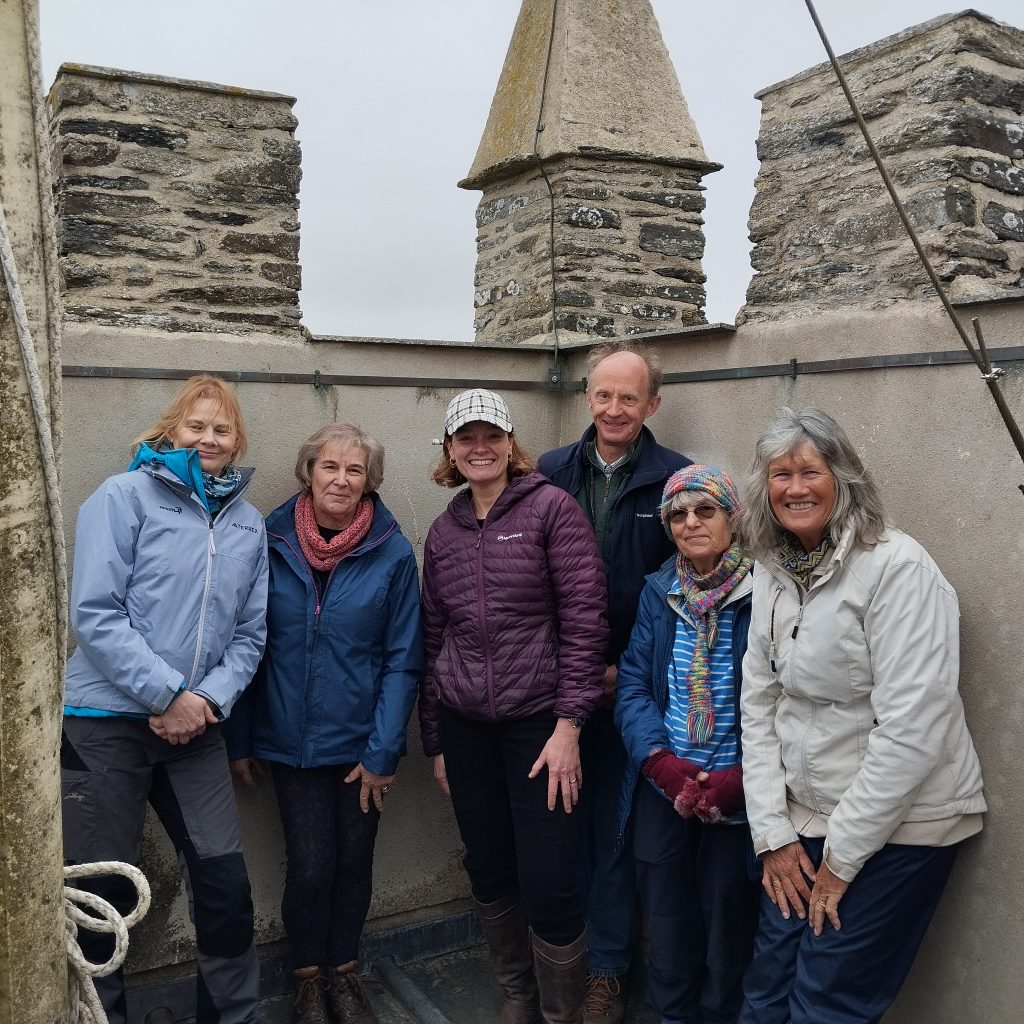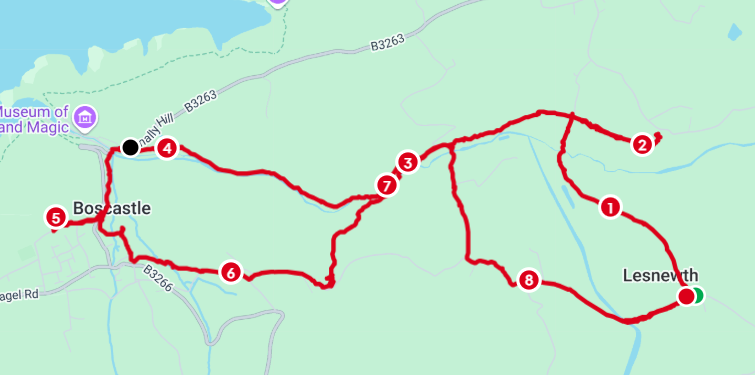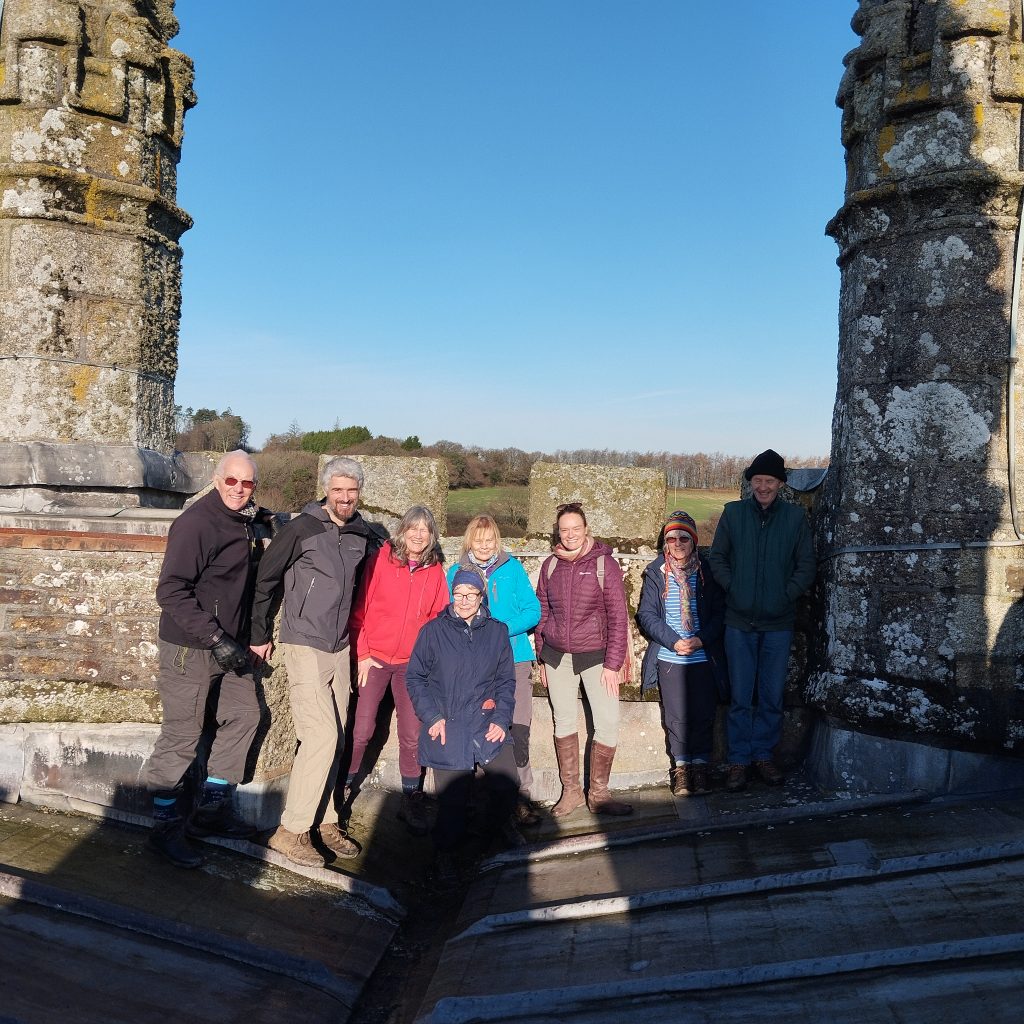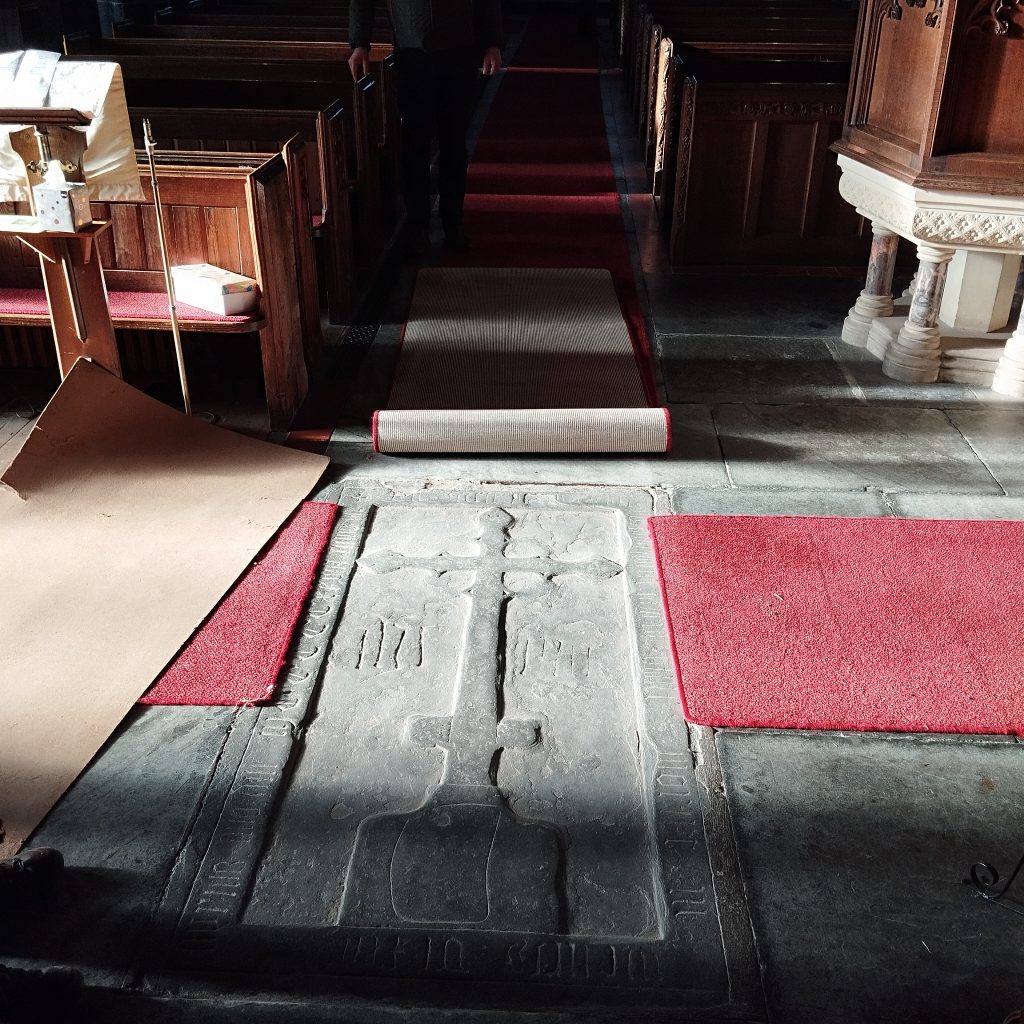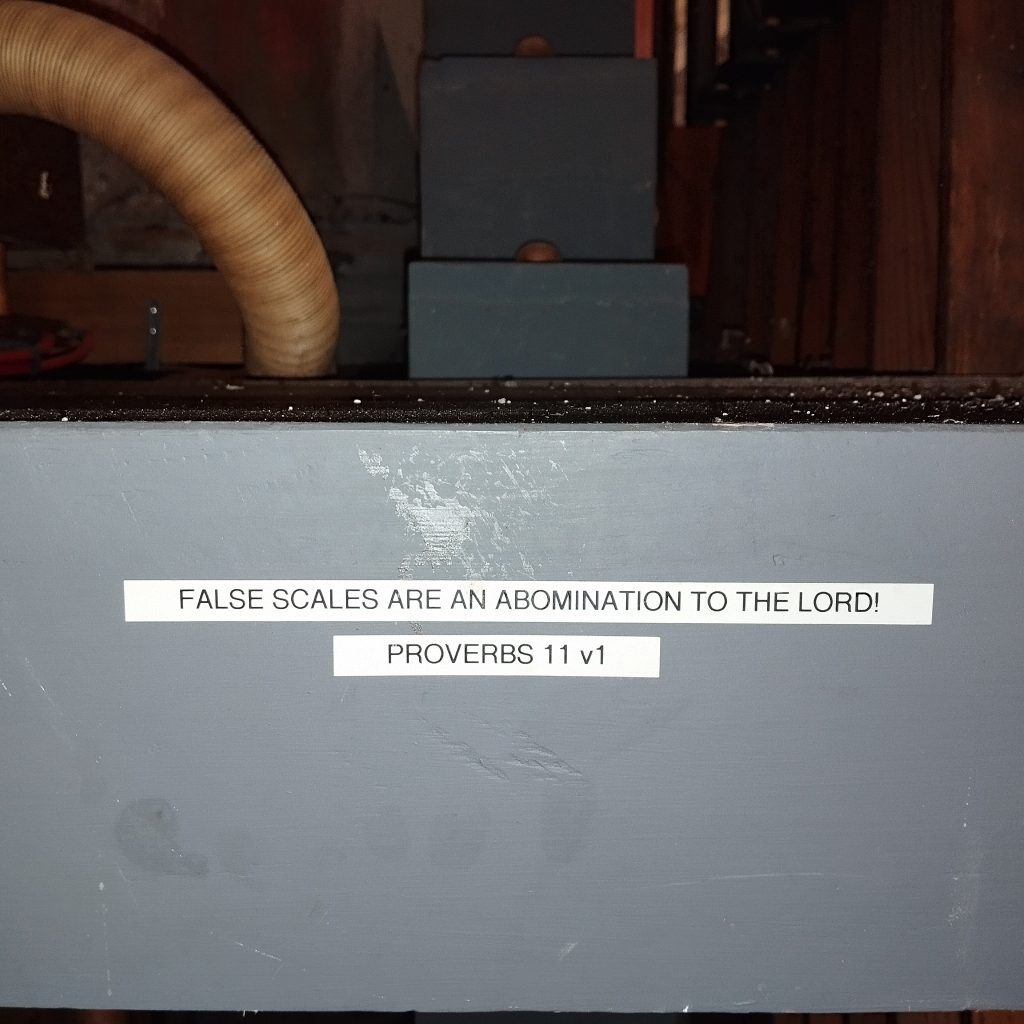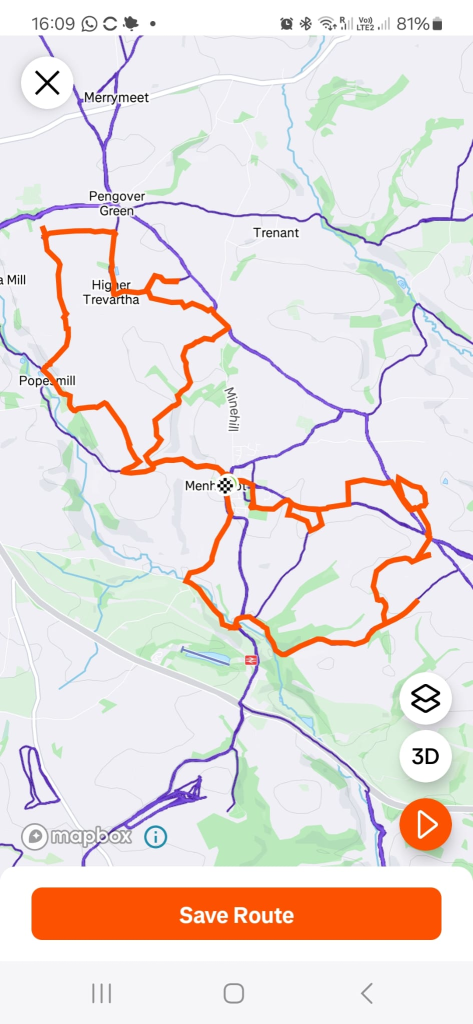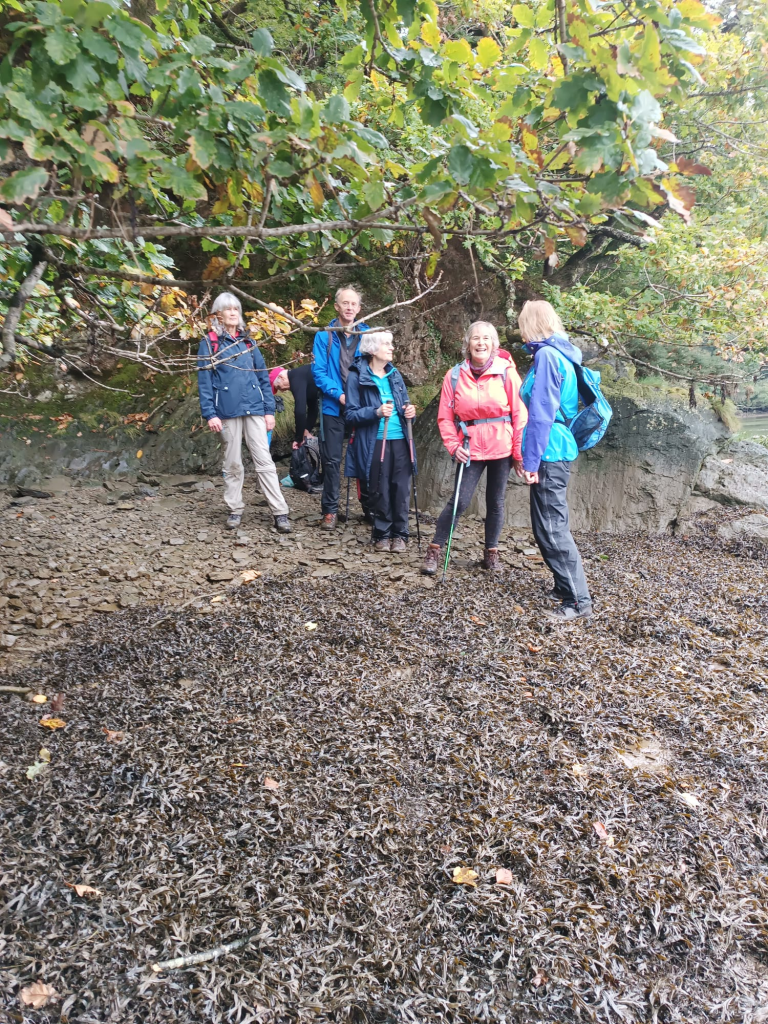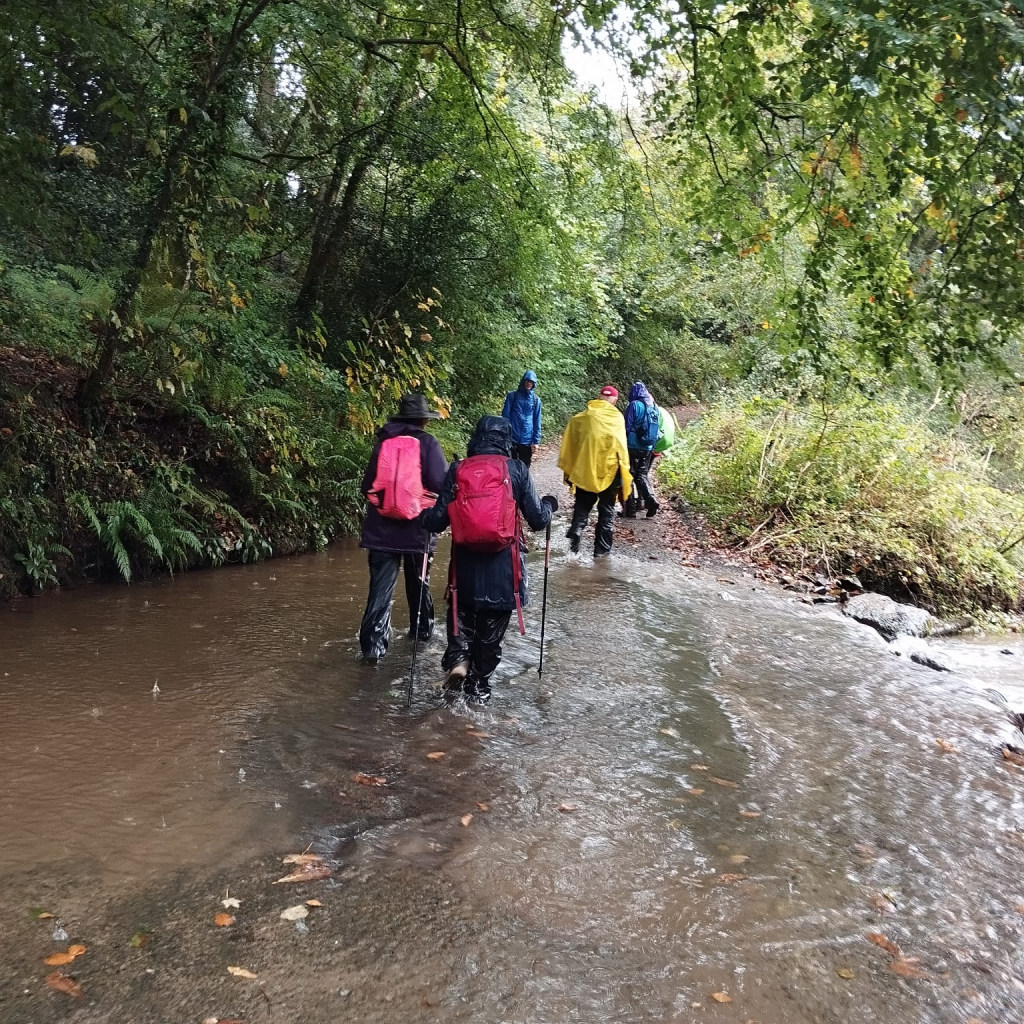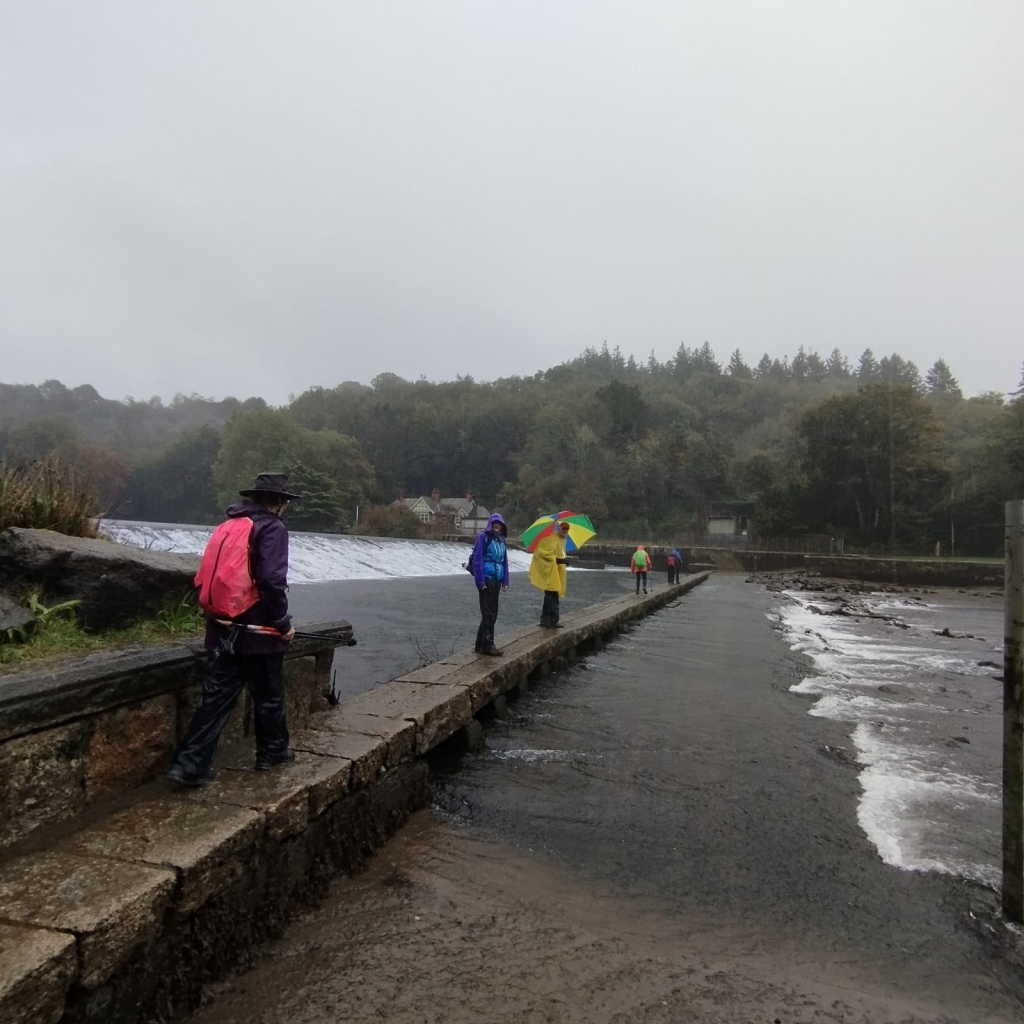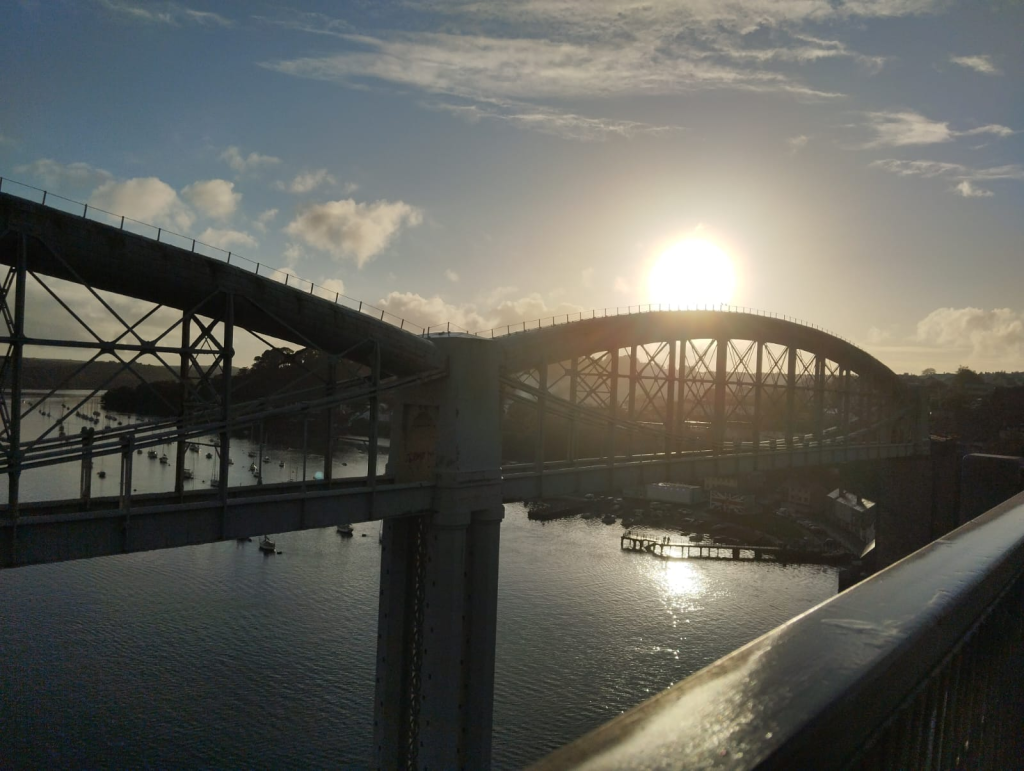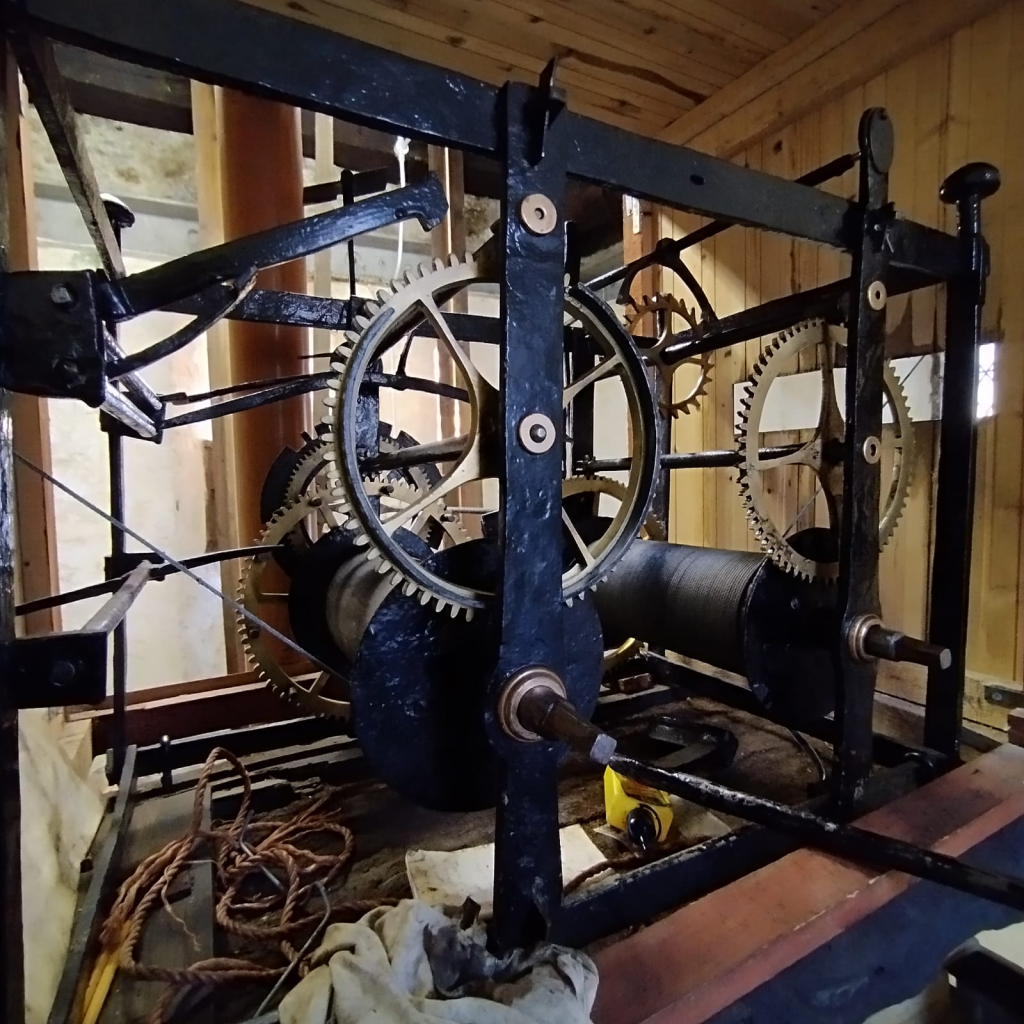2 walks in 2 days. STARTING outside the church in ST BREWARD, we headed down to St James Holy well, and the RED TREES installation, which just opened on May 18th 2025 www.thewildcircle.co.uk/redash .
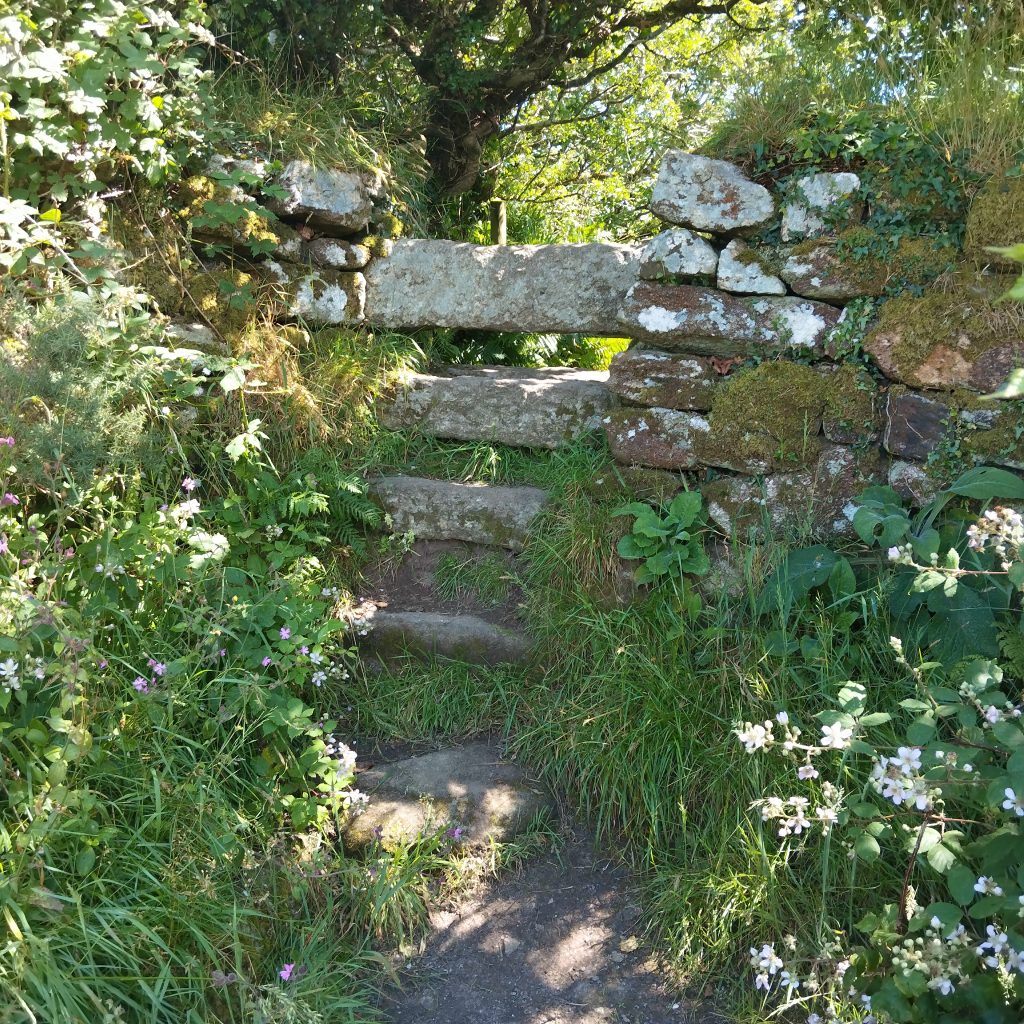
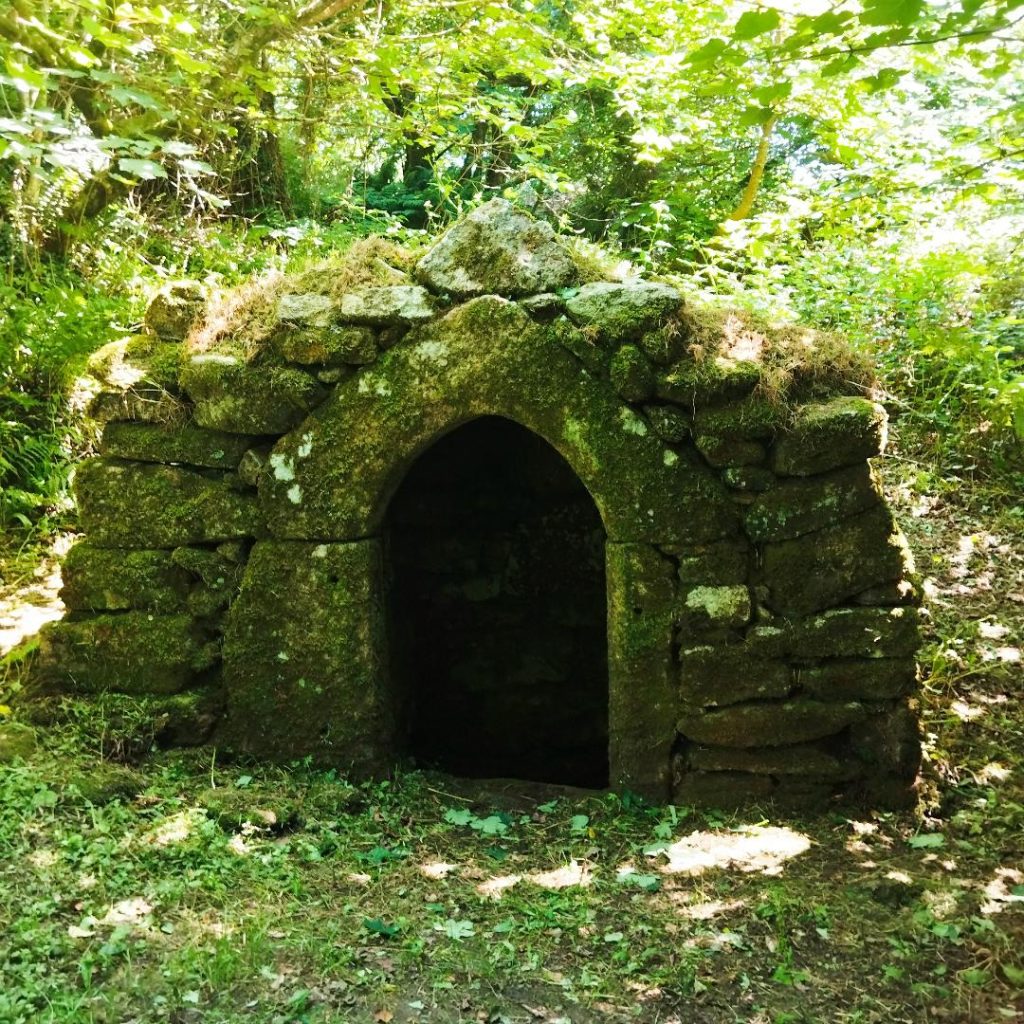
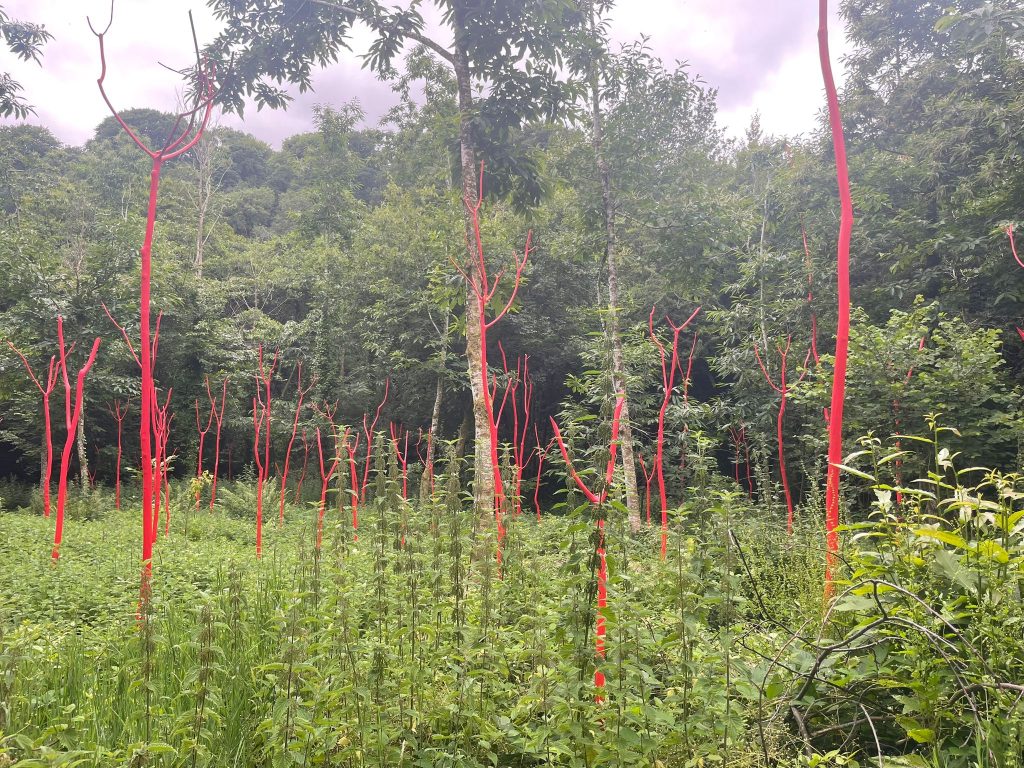
Through the farm at Coombe Mill, with deer, pigmy goats, chickens, pigs. We split our paths here. ONE group headed up then down into DE LANK quarry and up through a jungle of overgrown head height bracken, the other also went down past the quarry turbine house and up coming out at Pendrift… both arrived at Jubilee rock.
Granite from the De Lank Quarry was used for The Eddystone LightHouse 1882, the Beachy Head Lighthouse 1900 and Tower Bridge 1890. Dring this time the quarry was very prosperous and employed nearly 100 local men and women. During the WW1 the majority of the work came from making grave stones and street curbs. After WW2 cheap concrete was used for building purposes and work again slackened, despite this De Lank granite was used to construct the Karl Marx memorial 1956, the Magna Carta memorial at Runneymede 1957, a granite statue of Lord Baden-Powell 1958 and Granite from the quarry was used to build the Tamar Road Bridge. In the 60’s the quarry work flourished again and by the 1980’s up to 2500 tonnes of finished stone per year was being produced and shipped world-wide. The Hydro turbines went live in 2011, originally drills and saws were powered by compressed air now 680 litres per second generates electricity, between 300 – 400 megawatt hours per year using the original pipeline.
Jubilee Rock a 10′ by 25′ granite, is listed as a Grade II monument. In 1810. Lieutenant John Rogers to celebrate King George III’s Golden Jubilee carved this giant rock. He also engraved the coats of arms of Falmouth, Morshead, and Molesworth. Since then, the rock has been spruced up a couple of times and added, Queen Victoria’s Golden Jubilee in 1887 and Queen Elizabeth II’s in 2012. Read some interesting facts here > https://cornishbirdblog.com/jubilee-rock-bodmin-moor/
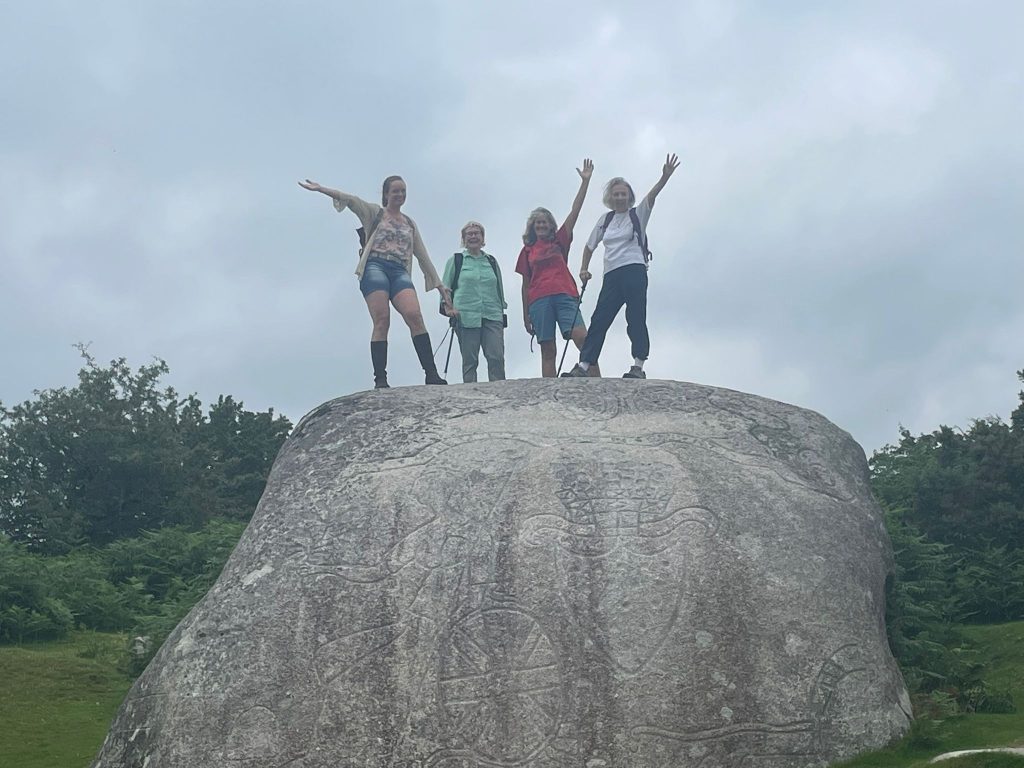
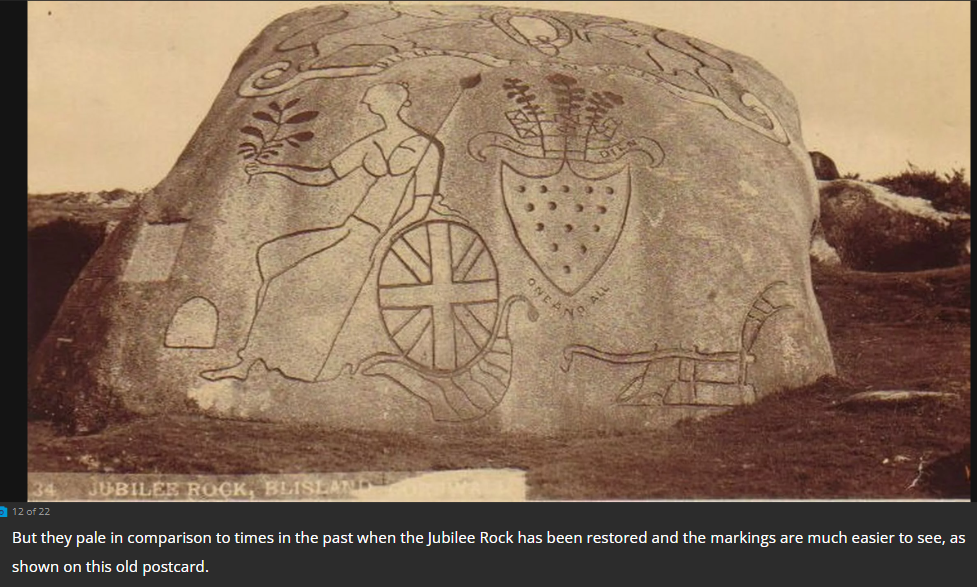
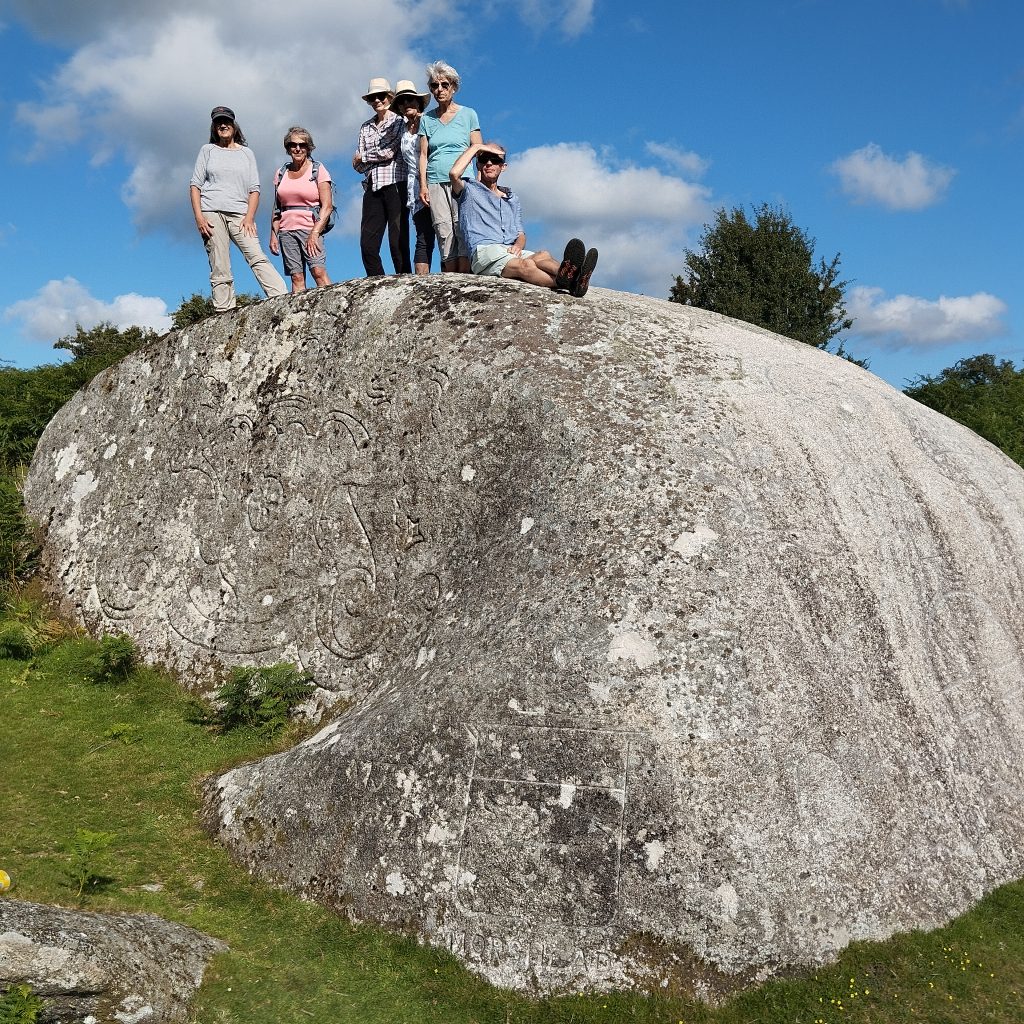
From here the routes took us to Delphi bridge and back to the church and pub next door. Thank you Bill for letting us make some noise on the bells and going up the tower.
